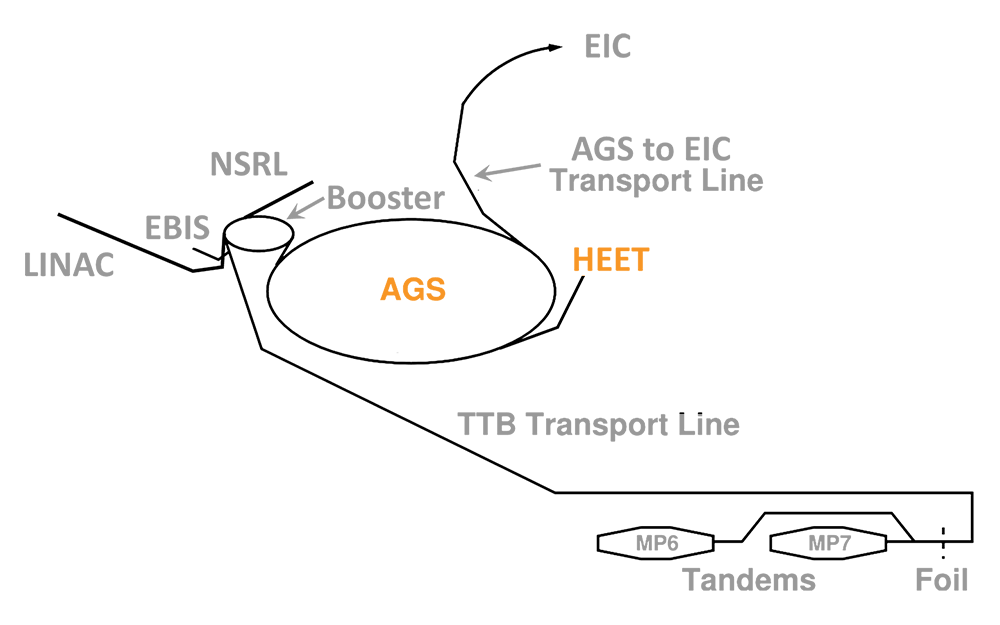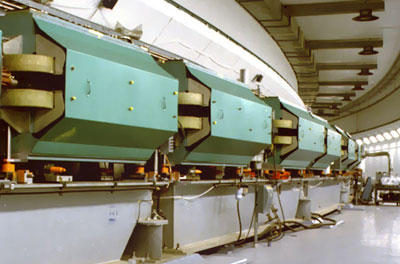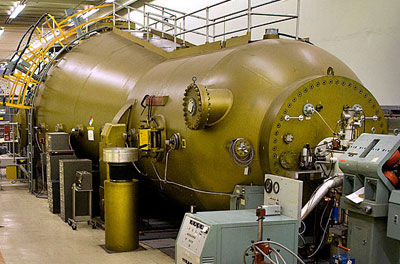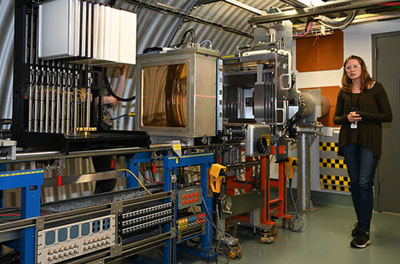
A proposed facility for reproducing the space radiation environment
Brookhaven National Laboratory is committed to supporting Radiation Hardened Electronics Testing Capabilities to help meet national needs. These needs have motivated the proposal of a new, dedicated High Energy Effects Test (HEET) facility that can provide beam time to all types of users at an affordable cost. This facility would be built on the existing Department of Energy accelerator infrastructure at Brookhaven Lab’s Alternating Gradient Synchrotron (AGS), following a model based on the NASA Space Radiation Laboratory (NSRL).

The Brookhaven accelerator complex. As an outgrowth of its accelerator expertise, Brookhaven National Laboratory has been operating the NASA Space Radiation Laboratory (NSRL) for NASA for nearly two decades and has developed unique capabilities for the nation. The primary mission is to conduct research on the effects of space radiation in biological specimens. NSRL may serve as a model for the proposed HEET Facility.
A dedicated HEET facility, operating at high duty cycle and with the provisions for isolated, secure data acquisition, could serve a core function in support of both the nation’s future economic development and its defense security. The following figure shows the proposed HEET Facility that would operate from the AGS. The plan is to construct a 360-foot-long beamline with target area inside of an existing support building.
The penetration depth (Range) of the incident particles on a device under test depends on the energy of the ions and the damage potential (the Linear Energy Transfer or LET) depends on the ion species. In this figure, the range of values of these parameters is shown for the different facilities at Brookhaven Lab: the Tandem Van de Graaff facility (TVDG), the NASA Space Radiation Laboratory (NSRL), and HEET.
This facility will be capable of reproducing the space radiation environment, including Solar Particle Events (SPE), Galactic Cosmic Radiation (GCR), and spectra in the Van Allen belts. It will support both classified and unclassified research on the radiation effects in materials, electronics, and other systems of interest. The facility could provide 24/7 operations for up to 44 weeks per year amounting to >5,000 hours per year available beam time. The HEET facility could have additional capabilities, given future upgrades and further studies; higher intensities are possible as well as cocktail beams, very long beam spills, and the possibility of high energy electrons, and neutrons.







